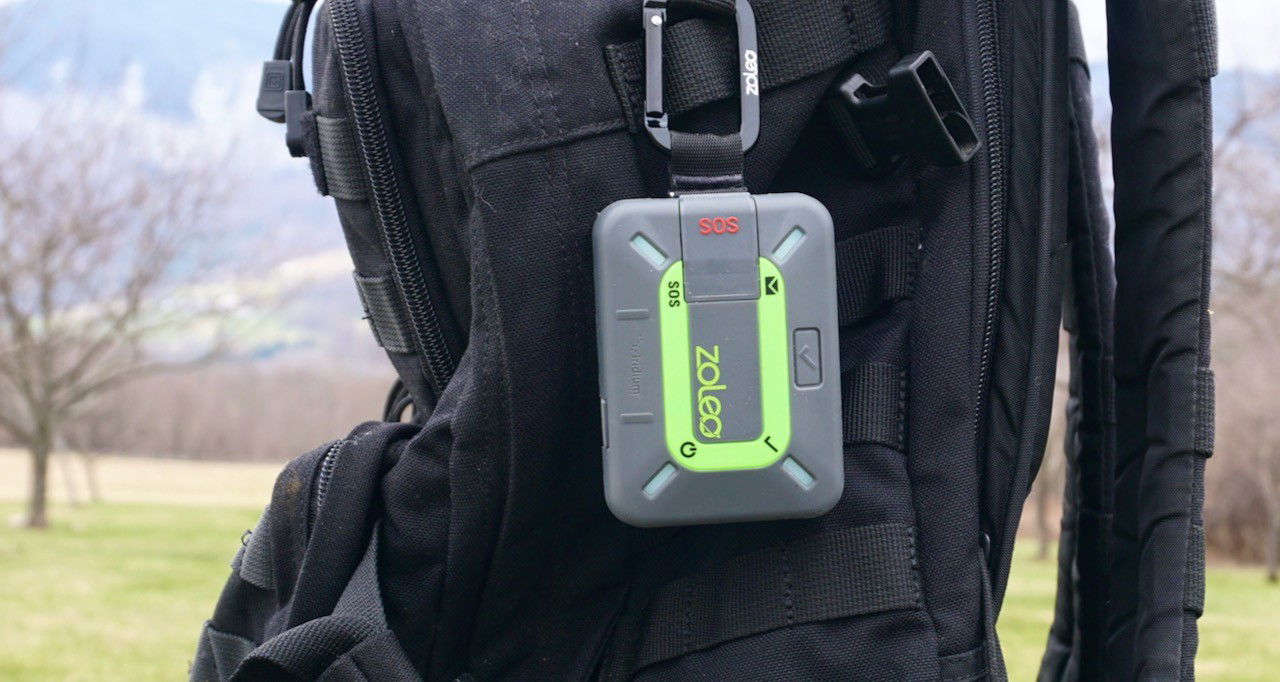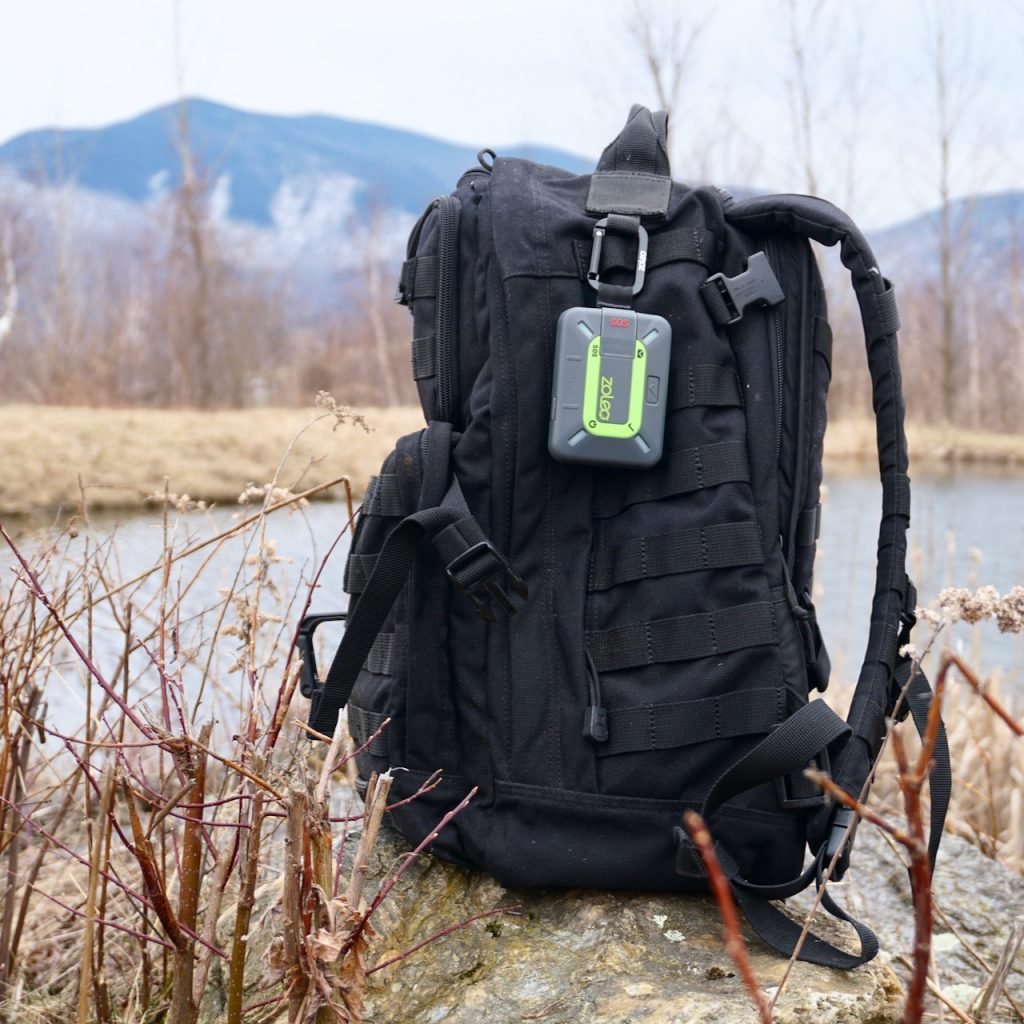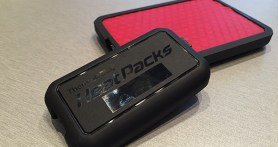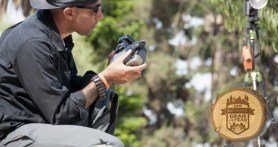

Perhaps one of the most common things said in the outdoor community is, “tell someone where you’re going, and when you’ll be back.” While this is excellent advice, it falls short for many. Accidents happen, and if you’re in an area without cellular service, you could find yourself in serious trouble.
This is where the ZOLEO Satellite Communicator comes in. It’s a two-way communication device that uses the Iridium satellite network to keep you in touch with friends and family anywhere on the planet. It also works seamlessly over cellular and Wifi connections when those are available (and you can even carry on conversations using the ZOLEO app when you’re back in cellular coverage). We tested it for a few months in different parts of the country, and here are five things we liked about it.
The dedicated number makes it easy to use
Right out of the box, the ZOLEO Satellite Communicator is intuitive and easy to setup. All we had to do was download the free app and connect. The app is designed to be similar to texting on the phone, and you get a dedicated number so friends and family don’t have to do anything special to reach you. You can just send a group text out with your new ZOLEO number and you’re ready to go.
One button check-in
If you’re getting off the grid, it’s natural for people to worry about you. At the same time, you’re on an adventure, and you’d rather not mess with electronic devices if you can help it. At any time, you can give the check-in button a quick press, and it sends a message to the one or two people you’ve designated as contacts that you’re ok, along with your GPS coordinates. It makes it easy to kick out updates with minimal fuss.

Impressive battery life
The ZOLEO Satellite Communicator has a 200+ hour battery life, which is more than enough for a long weekend of remote exploration. Even if you had it on for 10 hours a day, you’re still going to get over two weeks of battery life, which is remarkable. The lithium-ion battery also charges in two hours, which means that it won’t take too much juice from your external battery, leaving more power to keep your phone fully charged.
Weather updates via satellite
This was one of the more exciting features for us. We make an annual canoe trip each year, and we don’t have any cellular reception for several days. We’ve been caught in downpours several times, and it’s a real drag. Being able to receive weather updates when there is no cell reception would be a game-changer. It would allow us to estimate when it’s time to get off of the river and set up a few tarps so we could stay warm and dry.
The S.O.S. button creates peace of mind
It’s relaxing to be miles away from civilization, but we always have that question in the back of our minds, “what if something terrible happened to one of us?” On our canoe trips it would probably take half a day (or more) to reach help. It’s truly comforting to know that you can hit the S.O.S. button on the ZOLEO Satellite Communicator and the GEOS International Emergency Response Coordination Center is notified immediately. This feature also makes it a smart device to keep in the car when you’re not camping. We often find ourselves in places on road trips where we are in and out of cellular coverage. It’s nice to know that no matter where we are, we could call for help if we needed to.
There honestly isn’t anything that we didn’t like about the ZOLEO Satellite Communicator. It’s rugged, waterproof, and did everything that it’s supposed to do. It’s $199, and plans start at $20/month. After three months of service you can suspend your plan for $4 a month, which is handy for the times that you don’t have any big trips planned. If you’re in the backcountry for even a few weekends every summer, the ZOLEO Satellite Communicator could save your life, and it’s something you should strongly consider.









